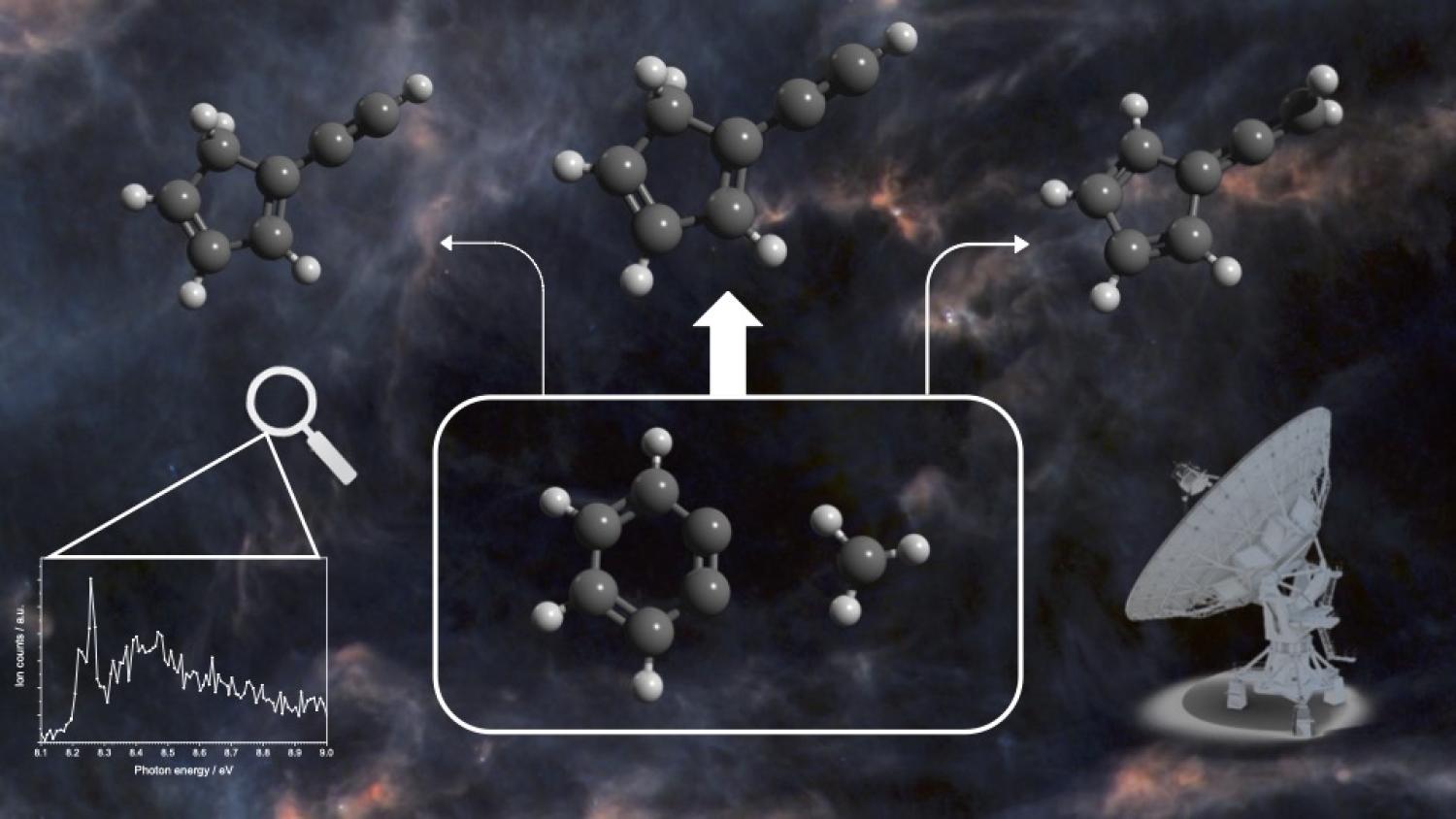
An international team of researchers has uncovered what might be a critical step in the chemical evolution of molecules in cosmic “stellar nurseries.” In these vast clouds of cold gas and dust in space, trillions of molecules swirl together over millions of years. The collapse of these interstellar clouds eventually gives rise to young stars and planets.
Like human bodies, stellar nurseries contain a lot of organic molecules, which are made up mostly of carbon and hydrogen atoms. The group’s results, published Feb...
Read More








Recent Comments